The most important exhibition you’ll see in London this year isn’t in your Tates or your White Cubes, but beyond the naval guns, spitfires and jeeps, deep in the Imperial War Museum.
Storyteller: Photography by Tim Hetherington is important because it shows not only a gifted war photographer, but also an artist who was redefining what war photography was until his life was tragically cut short in 2011 at the age of 40.
Hetherington’s approach was not simply to drop into war zones and shoot the carnage. Instead, he was interested in the context of conflict.
He worked most often in West African countries such as Liberia, Sierra Leone and Nigeria and anchored himself in the regions in the long term, to get to know and record society and culture, looking at where violence comes from and the devastation it can leave behind. . He was looking for a deeper story to tell.
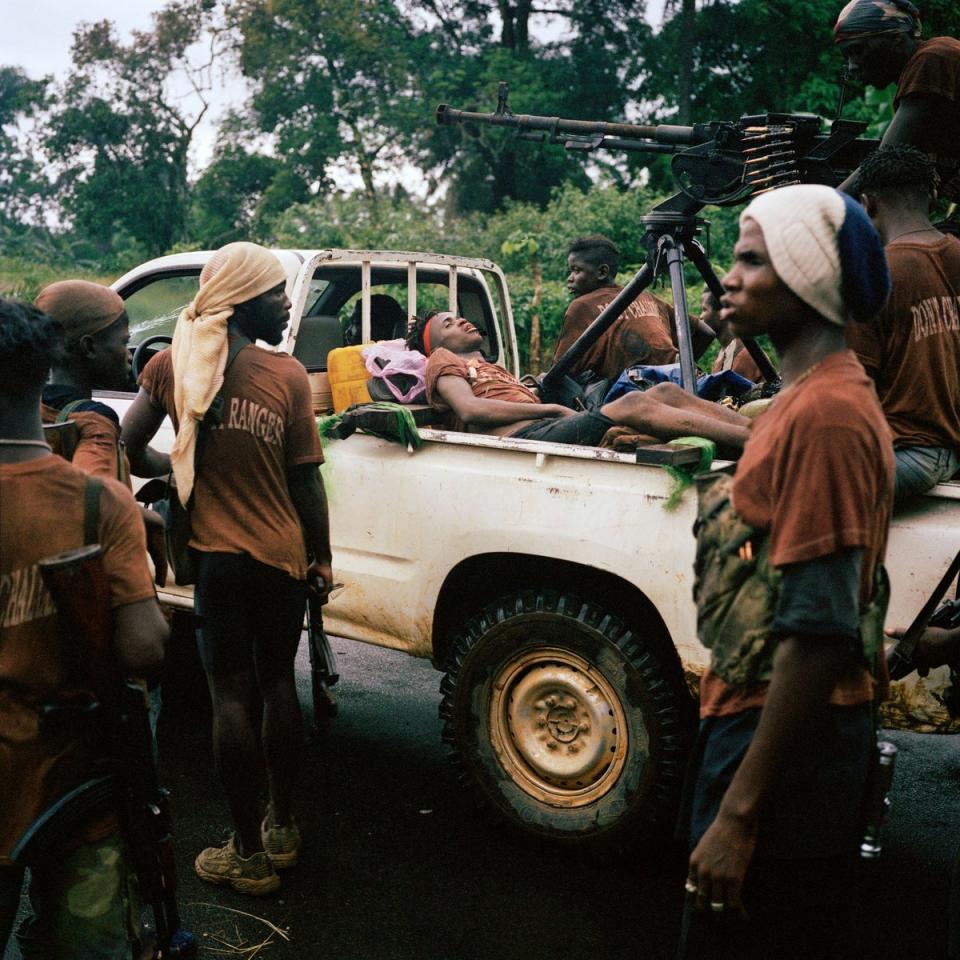

“War photography is often about flying in, capturing the drama and then leaving,” says show curator Greg Brockett. “But Tim was more about creating long-term projects, getting to know the people he photographed. It was a slow process; these projects have been built up over many years.
“For example, he kept returning to Liberia between 2003 and 2009. He would be there during the conflict, but come back after it ended. His work is about people involved in terrible conflicts. A journey through war and its consequences.”
If you know Hetherington’s work, it is probably his images of Afghanistan, commissioned by Vanity Fair. He and writer Sebastian Junger were embedded with a U.S. Army platoon in a remote mountainside outpost near the Korengal Valley.
Their stunning Sundance award-winning documentary Retrepo was filmed there, the footage of which is part of this multimedia experience, but the exhibition focuses on the images captured there, which are truly remarkable.
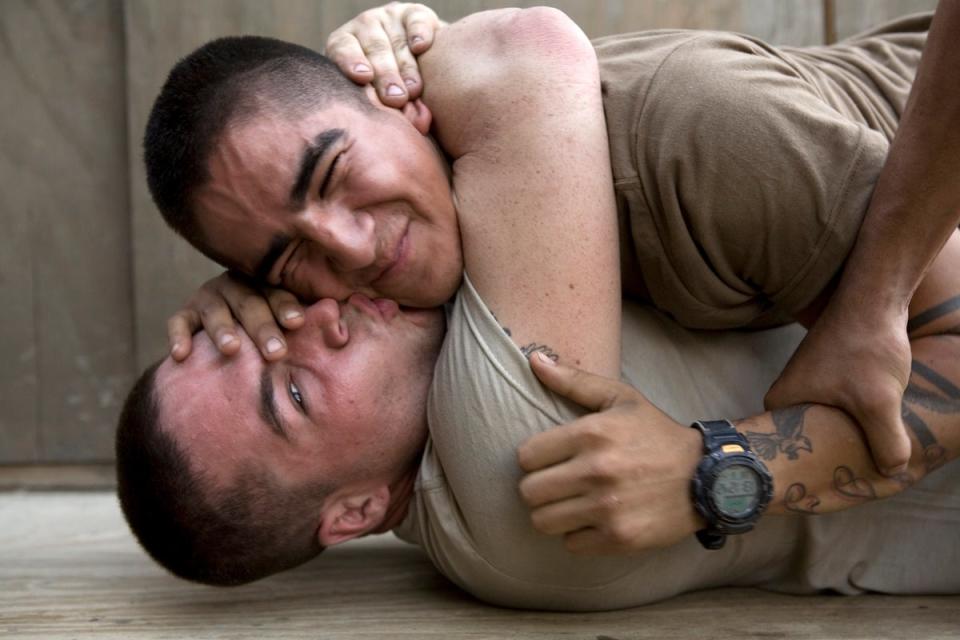

There are images of extreme situations, but it is mainly about the soldiers standing still. Chilling, wrestling, digging and sleeping. In this last series of images, a series that Hetherington also made into a film – Sleeping Soldiers – his work began to become truly transcendent. The soldiers in it are curled up asleep in their bunks and look like children. When they hug themselves, often in the fetal position, they are extremely vulnerable and you can’t help but feel protective of them.
It seems a bit banal to talk about the human cost of war, but actually that is what Hetherington conveyed better than anyone. These are young people with real bodies on the line for political decisions carried out far away. We are reminded of life’s proximity to death.
“Their dedication to spending so much time with the Soldiers made them feel part of the platoon,” Gregg said. “This allowed Tim to photograph them in a more natural way. He becomes interested in the bonds they have forged as a group.
The work is not really about the conflict itself, but about how bonds develop and how people behave in these environments. It is much more about the anthropological behavior of people. And they are very connected portraits of people.”
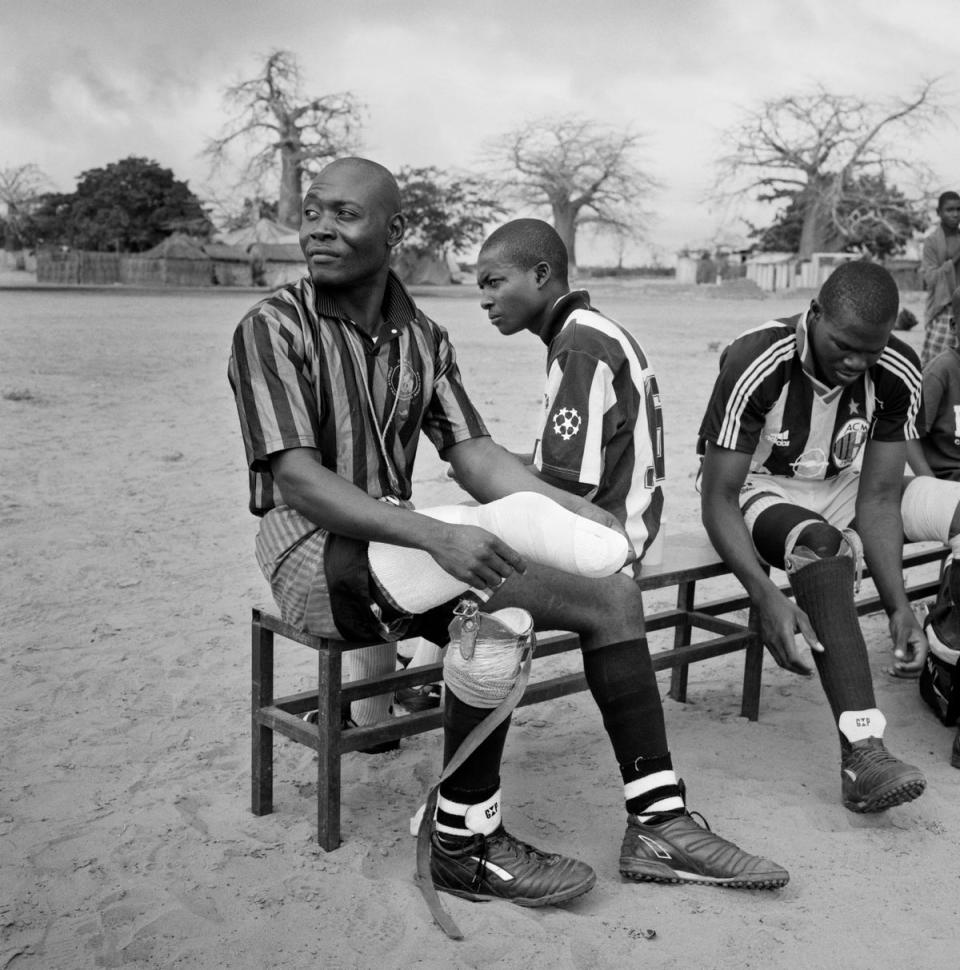

This is anti-war photography like you’ve never seen before. It’s not about anti-troops, it’s about the costs of war, both for the soldiers and for the people left behind to pick up the pieces. And it is presented brilliantly in this exhibition, in a way that will leave you reeling.
The exhibition is curated to provide a sense of immersion in the places he visited. Some of his images are enlarged over entire walls, which gives the effect of taking you right into the locations. But the images don’t need that either – Hetherington’s breathtaking work is so in the moment, it’s like traveling through time and space where you can feel both the warmth and the fear.
In an age of endless doom scrolls, where images mean little due to their brutality, it feels strangely refreshing to be reminded of the power of photography when presented in this way. Gregg says: “It’s the antithesis of the way we interact with images on social media. This is a long look, a nuanced look, not one you scroll past in two seconds. it brings out the human factor.”
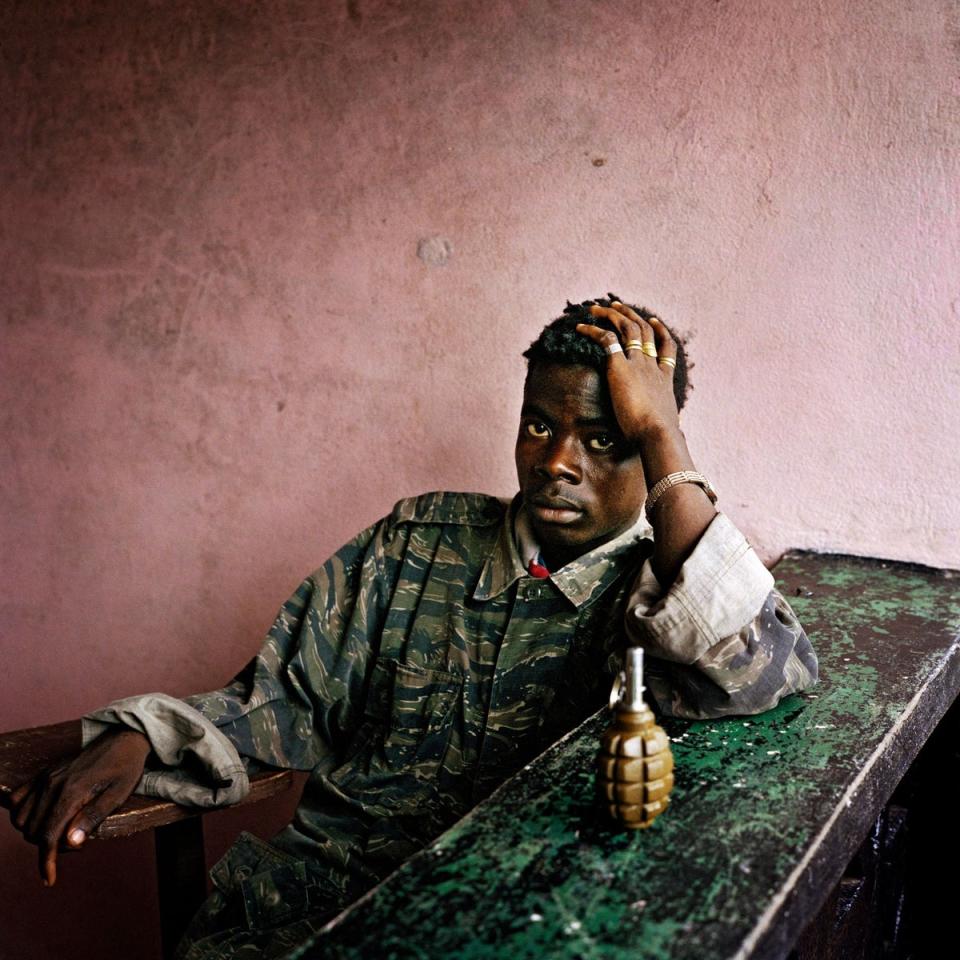

Hetherington’s diaries are also on display, quotes from which hang on the walls, along with more detailed looks into them on interactive screens. These are remarkable documents because they are not merely records of action, but a collection of his reflections on his approach to photography and his own role as a photographer. His writing is much closer to John Berger’s Ways of Seeing than to Michael Herr’s Dispatches.
Hetherington was a profound thinker, and his reflections on his own role informed his work towards the end – in a way that would now be called meta, but then postmodernist. He became interested in how his presence as a man with a camera affected the environment he found himself in and how he created performances with his subjects. What is reality? We humans tend to live on the border between reality and artifice.
“We wanted to emphasize where he wanted to go with his work,” says Gregg. “It was mainly about involving himself in his work. To try to understand what drew him to it. And what the role of the image maker is in this.”
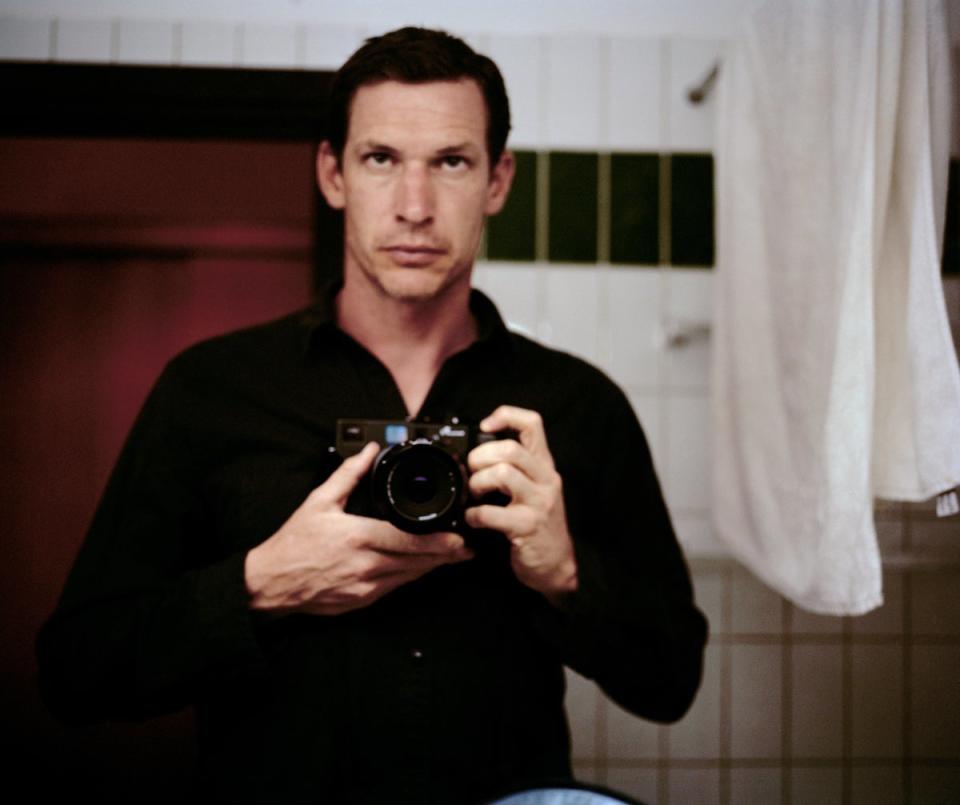

Unfortunately, Hetherington’s movements in this direction never came to fruition. Hetherington was killed by an explosion in Libya during the civil war in 2011. His group was traveling with rebel fighters at the time and Hetherington died of blood loss along with fellow photographer Chris Hondros.
It was a tragic end, but as the years pass his work grows in size and this exhibition is another important step in the immortalization of his work. It’s not to be missed.
Storyteller: Photography by Tim Hetherington’ is at IWM London from April 20 to September 29.